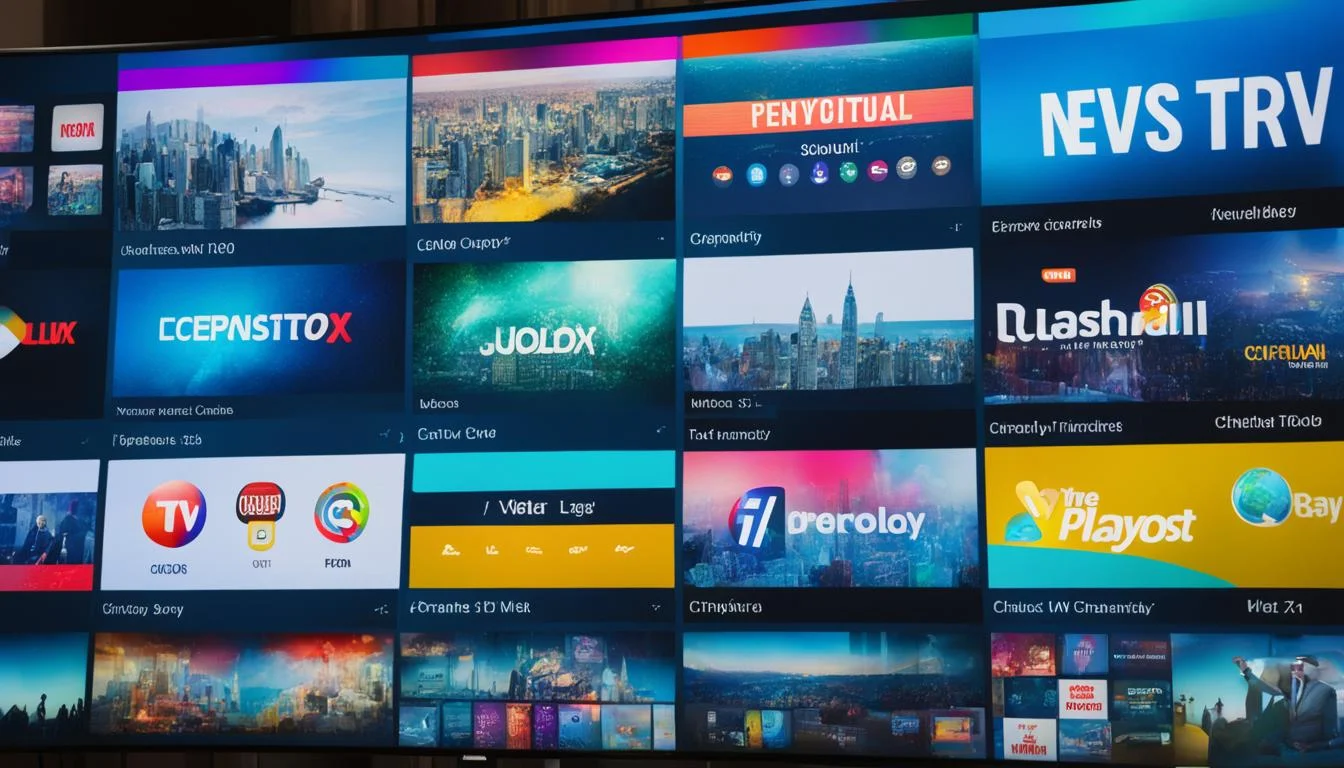Switching from traditional cable to IPTV can feel like stepping into a new world. If you’re anything like me, the thought of giving up the comfort of channel surfing might be a little intimidating.
But trust me, it’s easier than you think, and it’s absolutely worth it. Let’s explore the basics and get you started on your streaming adventure.
Why Switch to IPTV?
Cable was great—for its time. But as streaming becomes more popular, IPTV has emerged as a flexible, modern alternative. It offers a ton of benefits:
- Freedom to watch anywhere ─ IPTV works over the internet, so you’re not tied to your living room. Watch your favorite shows on your phone, tablet, or laptop.
- More choices ─ Many IPTV services provide massive libraries of live TV, movies, and on-demand content.
- Cost-effective ─ Say goodbye to bloated cable bills and pay only for what you actually watch.
Switching to IPTV offers numerous advantages, such as access to a vast array of channels and on-demand content. For instance, NordicIPTV provides over 50,000 channels and 100,000 movies and series, all available in high-definition formats like HD, FHD, and 4K.
What Do You Need?

Getting started with IPTV is simple. You don’t need fancy gadgets or technical skills—just a few essentials:
- A stable internet connection ─ Ideally, you’ll want speeds of at least 10 Mbps for smooth streaming.
- A streaming device ─ This could be a smart TV, a streaming stick (like Roku or Fire TV), or even a smartphone.
- An IPTV service ─ This is the provider that gives you access to the content. Research a few and pick one that suits your needs.
Picking the Right IPTV Service
Not all IPTV providers are created equal, so it’s worth doing a little homework. Some things to keep in mind:
- Content variety ─ Does the service offer the channels or shows you care about? Look for packages that match your viewing habits.
- Ease of use ─ A clean, intuitive interface can make your experience much more enjoyable.
- Customer support ─ Reliable help when something goes wrong can save you tons of frustration.
What About Equipment?

You might already have everything you need. Most IPTV apps are compatible with popular devices like:
- Smart TVs (Samsung, LG, Sony, etc.)
- Streaming sticks (Amazon Fire Stick, Roku, Chromecast)
- Gaming consoles (Xbox, PlayStation)
- Smartphones and tablets (iOS and Android)
If you’re unsure, check with your provider—they’ll let you know if your setup is good to go.
The Installation Process
Setting up IPTV is usually a breeze. Here’s a step-by-step guide to get you started:
- Subscribe to a service ─ Pick a provider and sign up for a plan.
- Download the app ─ Install the IPTV app on your device.
- Log in ─ Use the credentials from your provider.
- Start watching ─ Browse, pick, and play. You’re now a streamer!
Tips for a Smooth Experience

To avoid buffering and enjoy seamless streaming, keep these tips in mind:
- Upgrade your internet plan ─ If your connection is slow, consider a faster package.
- Use a wired connection ─ Ethernet cables can provide more reliable speeds than Wi-Fi.
- Close background apps ─ Freeing up bandwidth can make a noticeable difference.
Making the Most of IPTV
Once you’re set-up, take some time to explore. Check out live sports, binge-watch your favorite series, or discover hidden gems in on-demand libraries. With so much content at your fingertips, you’ll probably wonder why you didn’t switch sooner.
Summary
Switching from cable to IPTV doesn’t have to be overwhelming. It’s an upgrade that gives you more control, better content, and significant savings.


